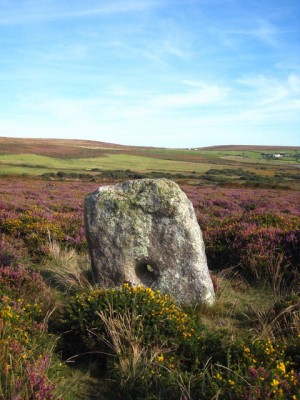Two recent developments in Parliament affecting common land.
First, the Environment, Food and Rural Affairs Committee has published its report into CAP reform, including its specific findings and recommendations relating to common land.
The committee:
- call for an updating of the commons registers, or implementation of Part 1 of the Commons Act 2006, to better relate the registers to entitlements to direct payments;
- endorse the recommendation of the Farming Regulation Task Force that direct payments should be made to the commoners’ association vice individual commoners;
- wish to ensure that tenants grazing on commons by virtue of their tenancy agreement are entitled to a share of the direct payments;
- wish to ensure that rules (such as the minimum activity requirement on naturally kept land) do not require commoners to depart from environmentally sustainable practices;
- want Natural England to intervene that payments for agri-environment agreements on commons are fairly apportioned between the graziers and the landlord.
Secondly, the High Speed Rail (London – West Midlands) Bill contains powers for the acquisition of common land along the route. Clause 28 of the Bill (which contrary to press reports, is a little over 400 pages long — pretty hefty, but hardly the 50,000 pages quoted) contains an override of the status or management of any land which is common land, open space or town or village green. Invariably, any enactment conferring a power of compulsory acquisition of such land requires the provision of exchange land in substitution for what is taken for the development, with a requirement on the Secretary of State to certify the adequacy of the exchange, and a referral to Parliament if the certificate cannot be given. But HS2 is exceptional in that, by passing the Bill, Parliament will have endorsed the specific plans contained in the Bill, including the proposed acquisition of common land, so there is no statutory requirement for certification, or even exchange land. Paragraph 8 of Schedule 14 to the Bill therefore requires that, on any such acquisition, the Secretary of State must notify the commons registration authority to require a consequential amendment to the commons registers.


